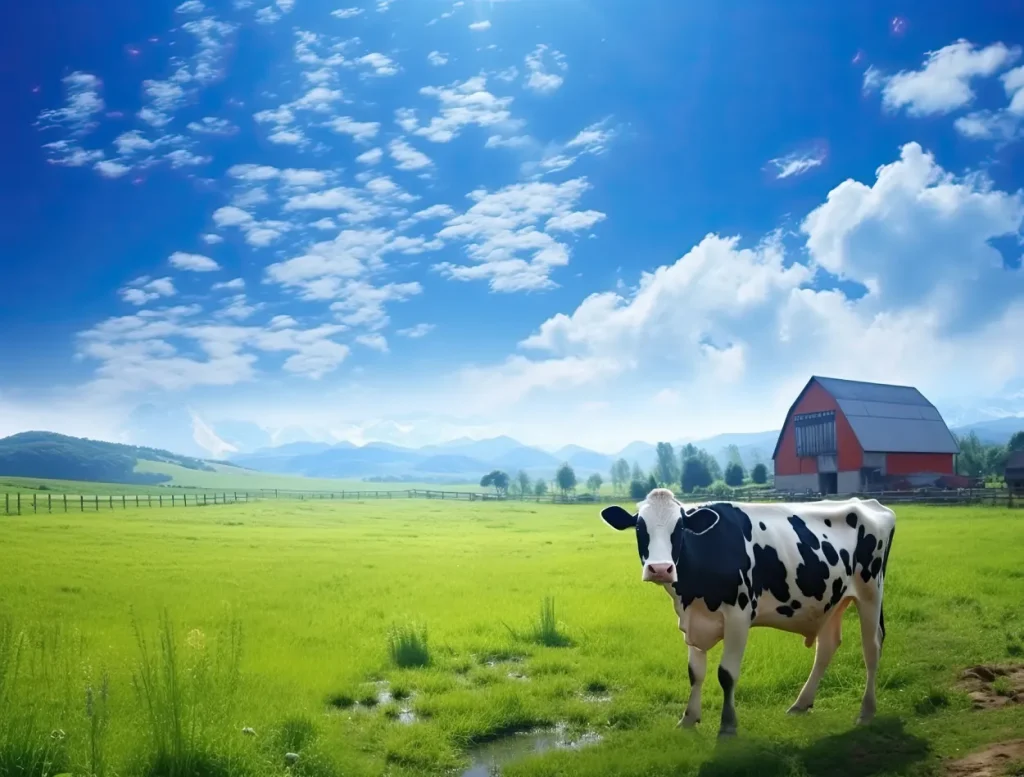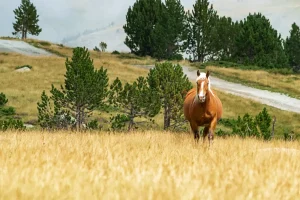
Never lived in the country before? Learn how to handle “a cow in my yard,” manage livestock issues, and maintain boundaries on ranch land effectively. After you found and bought your perfect piece of paradise, you might wake up to cows or other animals on your property. If so, welcome to your Home on the Range or the Fence Out State of Colorado. Actually, many Western states have a similar law. This dates back to the 1800’s of open range grazing. If you don’t want livestock on your property, you need to have an adequate fence to keep them out.
Today we are going to discuss three considerations when building a fence on your property.
1. Determine What Kind of Animals You Want to Fence in
The first step is to determine the types of animals you want to keep off your property. Are you dealing with wild animals like deer, elk, or bears? Or are you concerned about livestock such as horses, cattle, mules, donkeys, goats, sheep, pigs, buffalo, or even the intriguing hybrid known as cattalo (a mix of buffalo and cattle)? Each animal has different habits and behaviors, which will dictate the type of fence materials and design you’ll need. For example, a barbed wire fence might be suitable for cattle, but it won’t deter a determined goat.
2. Determine Your Budget and Fencing Materials
Fences come in a wide range of styles, materials, and price points. Understanding your budget and the specific needs of your property will help you narrow down your choices. Here are some common fencing options to consider:
• Barbed wire: This classic option is often used for large livestock enclosures, but it can be dangerous for animals and humans.
• Barbless smooth wire: A safer alternative to barbed wire, suitable for various livestock.
• Non-climb horse fencing: Specifically designed to prevent horses from getting tangled or injured.
• Goat and sheep fencing: These fences often have smaller openings to keep smaller livestock contained.
• Cedar rail fencing: A visually appealing option that can add a rustic charm to your property, but might not be the most practical for all animals.
When choosing materials, consider factors like durability, maintenance requirements, and the overall aesthetic you want to achieve.
3. Hire a Company or Do It Yourself
Building a fence is a significant undertaking. You could roll up your sleeves and tackle it yourself, which might save money but requires the right tools, skills, and a fair bit of sweat equity. Alternatively, hiring a professional fencing company guarantees a well-built fence with a warranty, but it will be a more substantial investment.
Whichever route you choose, ensure your fence meets local regulations and consider consulting with your neighbors about shared fencing options. A well-built fence not only protects your property but also fosters good relationships with your rural community.
Conclusion
Building a fence that meets your needs and complements your property requires careful consideration. By understanding the animals you want to fence out, exploring different material options, and deciding whether to DIY or hire a professional, you’ll be well on your way to enjoying your Home on the Range.
Questions, call Cynthia Daughtrey, 3D Real Estate to help. 303-548-9659.




